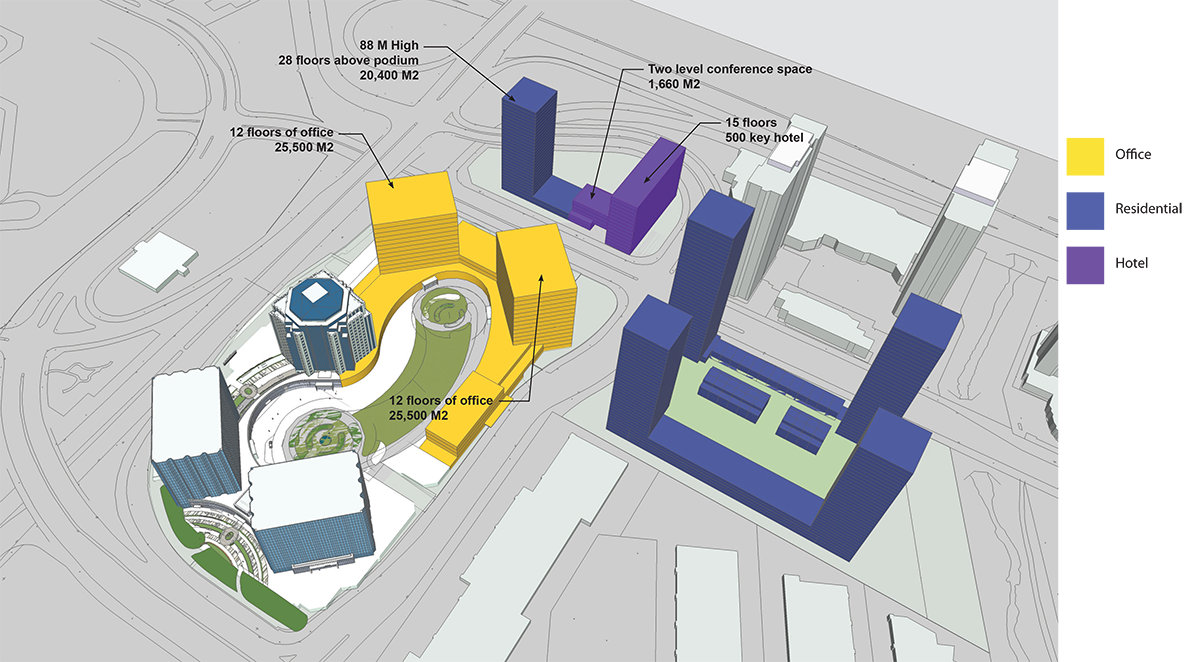This raises an interesting point: how are they actually going to redesign and "free up" land? It's either occupied by the mall, municipal roads and big box stores (and adjacent vacant plots owned by the developer), or it's government land (Civic Centre, library) and utility (Bell office). The vacant space surrounding the City land is a woodlot park (Civic Centre Park?) which they'd probably want to keep. The footprint of the to-be-demolished RT is relatively small, as is the bus station underneath which, again, I'm sure they're going to want in some form.
This was always my question about intensification at STC: I think it's a great idea, it should have been done a long time ago, but was it not done because there's nothing available to intensify? Is there any information other than the City planning website about what's going to happen?






